𝐍𝐢𝐬𝐬𝐚𝐧 𝐑𝟑𝟗𝟎 𝐆𝐓𝟏 🎌
JDM Legends: Nissan R390 GT1 – Japan’s Le Mans Monster
Born for the 24 Hours of Le Mans and bred with racing DNA, the Nissan R390 GT1 is one of the rarest and most extreme JDM machines ever created. Unveiled in the late ‘90s, this street-legal race car pushed the limits of what Japan could build—featuring a carbon fiber chassis, sleek aerodynamics, and a twin-turbocharged 3.5L V8 derived from Nissan’s Group C racers.
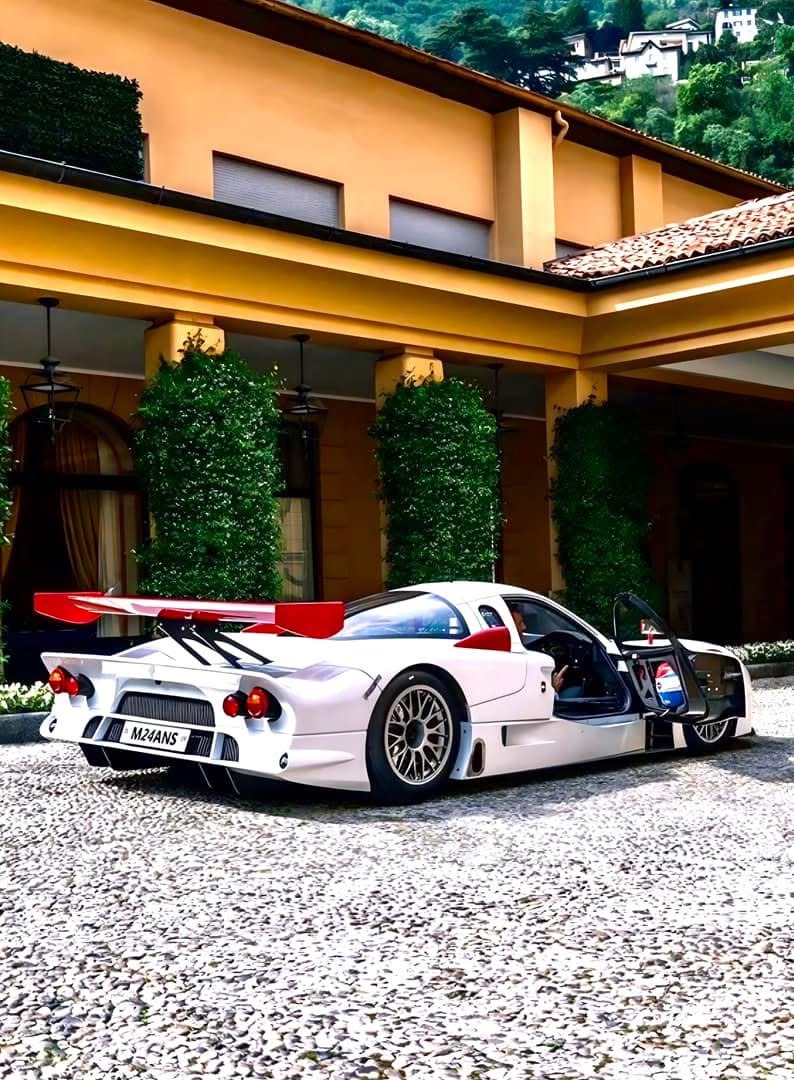
Nissan R390 GT1: Nissan’s Forgotten Le Mans Supercar
In the 1990s, endurance racing was dominated by legends like the Porsche 911 GT1, McLaren F1 GTR, and Mercedes CLK GTR. But in the shadows of these icons, Nissan created one of the most fascinating and overlooked GT1 homologation cars: the Nissan R390 GT1.
Designed specifically to conquer the 24 Hours of Le Mans, the R390 GT1 was Nissan’s most ambitious motorsport project of the decade — and it gave birth to a street-legal version so rare, only one exists.
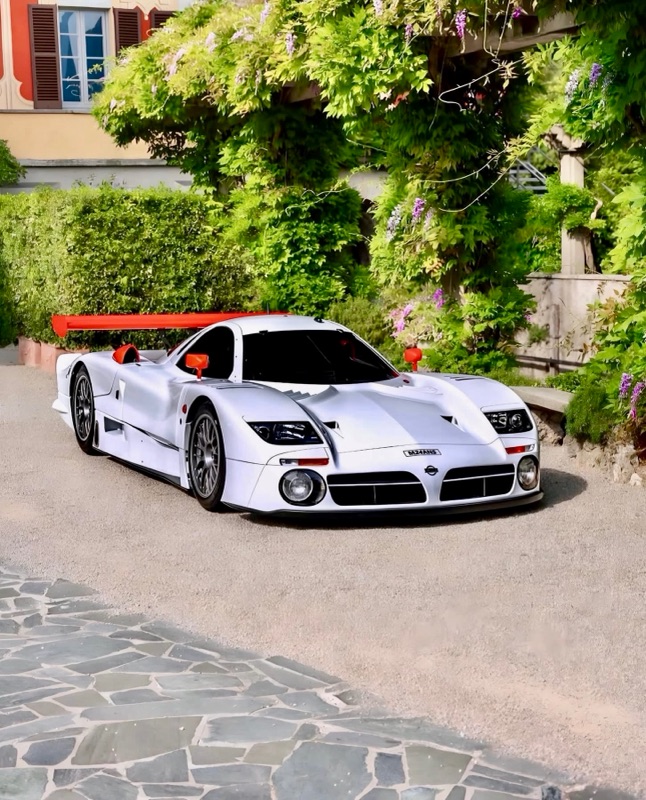
With only one street version ever made, the R390 GT1 isn’t just rare—it’s mythical.
Origins: A Weapon for Le Mans
The FIA GT1 class in the late 1990s required manufacturers to produce a road-going version of their race car to qualify. In 1997, Nissan partnered with Tom Walkinshaw Racing (TWR), the same engineering outfit behind the Jaguar XJR series, to develop a car capable of taking on the endurance elite.
The result was the Nissan R390 GT1 — a low-slung, mid-engine prototype built with one goal: win Le Mans.
Design: A Carbon Monocoque Beast
TWR designed the R390 GT1 using a carbon fiber monocoque chassis, with aerodynamics optimized for top speed and high-speed stability on the Mulsanne Straight.
Key Features:
- Carbon-kevlar composite bodywork
- Wide front and rear fenders for massive grip
- Long tail design (1998 version) for improved high-speed aerodynamics
- Butterfly doors (road version)
- Interior styled with leather and A/C for the street car — but only barely
The design was function-first, with only subtle nods to road legality in the single homologated unit.
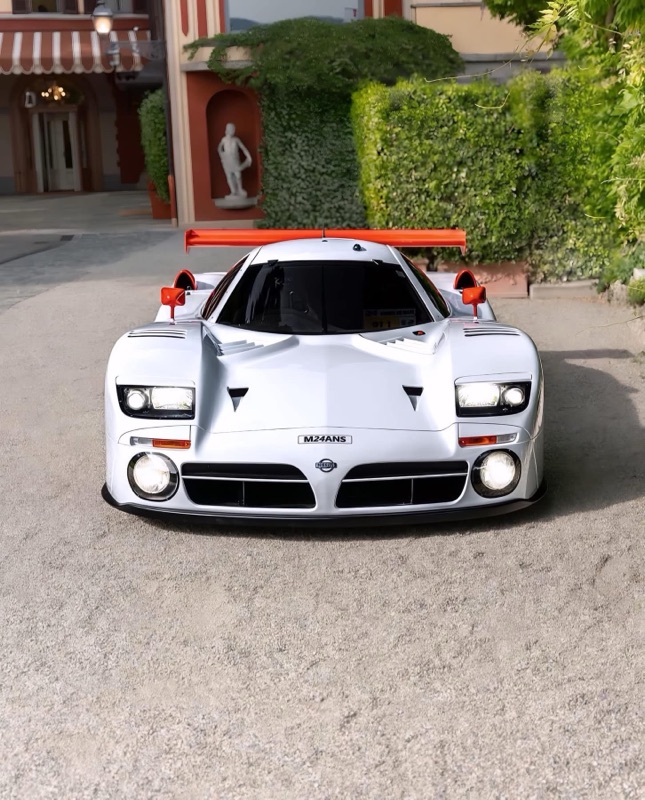
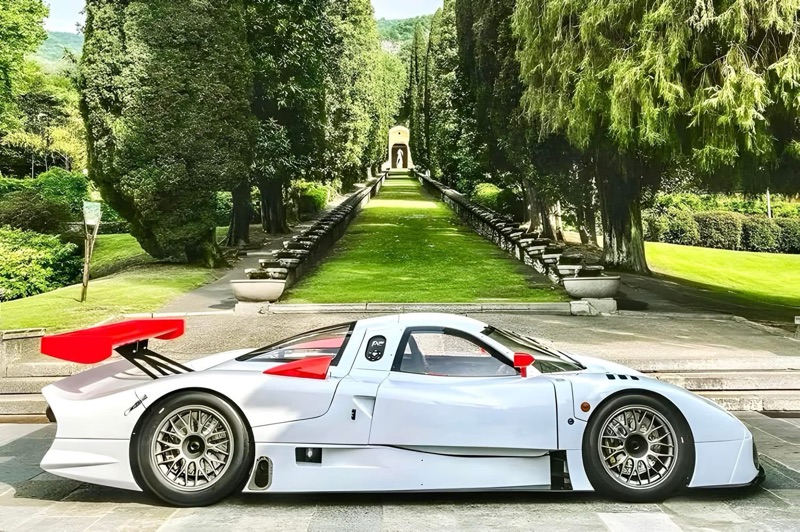
Engine: Twin-Turbo V8 Fury
At the heart of the R390 GT1 was a heavily upgraded version of the VRH35Z engine, derived from Nissan’s Group C program.
- Engine: 3.5L VRH35L V8 (twin-turbocharged)
- Power (road version): ~550 hp
- Power (race version): Up to 650 hp
- 0–100 km/h (est.): ~3.5 seconds
- Top Speed: 354 km/h (220 mph)
- Drivetrain: Rear-wheel drive
- Transmission: 6-speed sequential Xtrac gearbox
This made the R390 GT1 not only one of the most powerful cars Nissan had ever built — it was also one of the fastest homologation specials of its era.
The R390 GT1 Today: A Phantom Supercar
With only one road car in existence and all race cars in Nissan’s possession or museums, the R390 GT1 is nearly mythical in collector circles. It never achieved the commercial fame of the McLaren F1 or the Toyota GT-One, but it remains a technical masterpiece.
Fun Facts:
- A blue R390 GT1 appeared in Gran Turismo, cementing its cult status
- It was Nissan’s most powerful road car until the GT-R R35 Nismo arrived
- Its spirit lives on in modern GT-R projects and Nissan’s continued push into endurance racing
Final Thoughts
The Nissan R390 GT1 is a unicorn — a car built with no compromises for a single purpose: domination at Le Mans. While it fell short of victory, its technology, rarity, and mystique have elevated it to legend status in the world of Japanese performance cars.
For collectors, it’s untouchable. For enthusiasts, it’s a symbol of how far Nissan was willing to go to chase greatness.
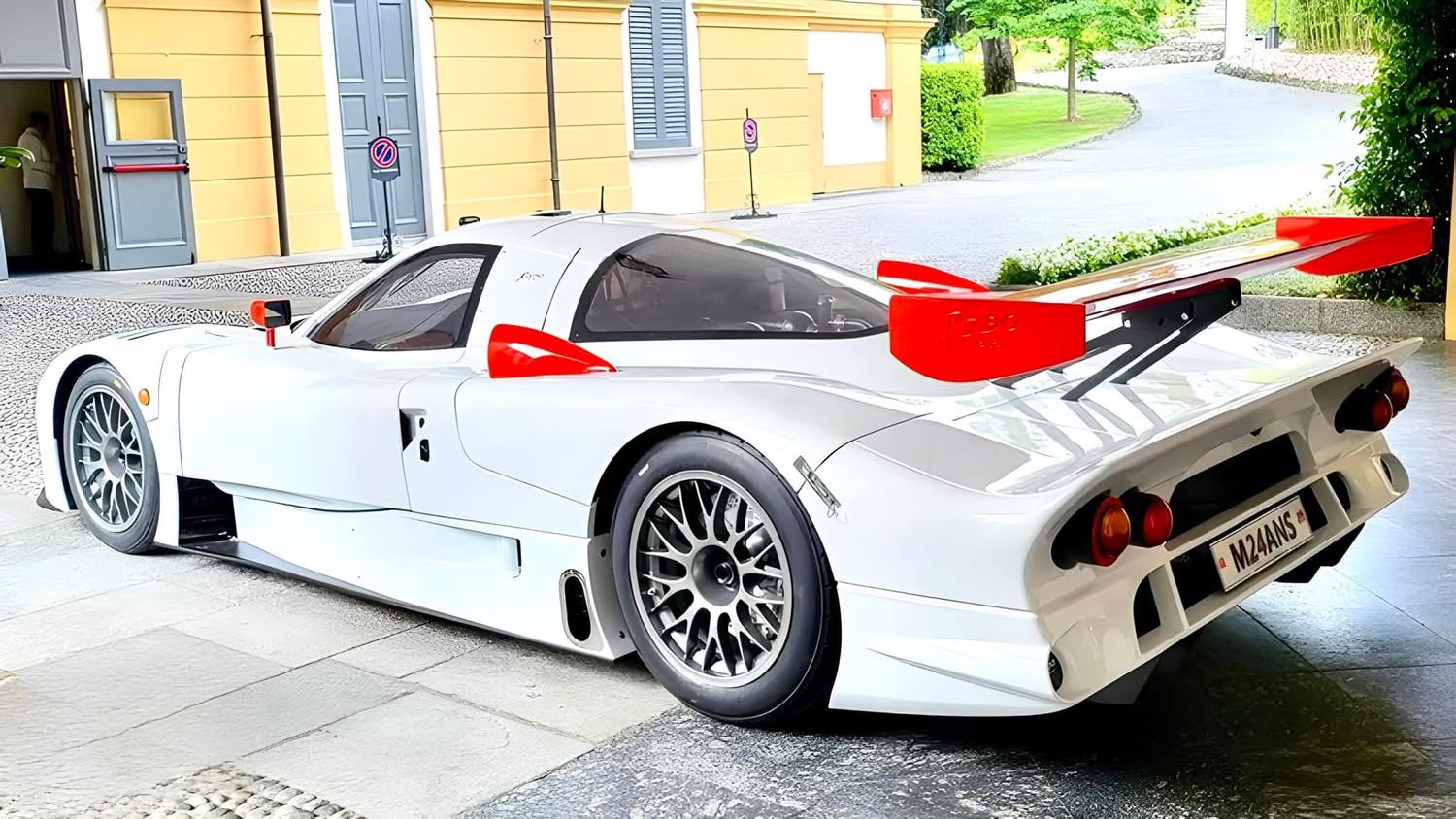
A true unicorn in the JDM world, blending endurance racing pedigree with unmistakable Nissan innovation.
Comments
Post a Comment